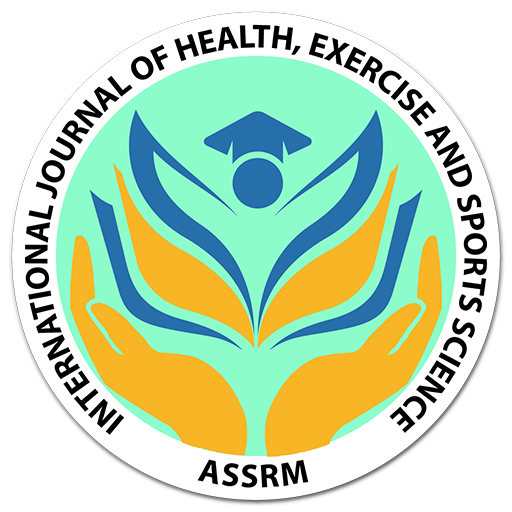

Information to Authors
The International Journal of Health, Exercise and Sports Sciences Journal of Sports Science publishes original and exclusive articles in the areas of Sports Science, Physical Education and Sports. The articles contributed should add to new knowledge in these disciplines by providing insight, which may be new information, substantiation or contradiction of the previous findings, theories, phenomenon, application and development of a new technique etc. The methodology and statistical procedure used should be most appropriate and well accepted.
Manuscript should be submitted in duplicate, typed in double-space, on one side only of A4 paper with 3cm margin on all sides. The manuscript should be in short form and arranged as follows: Title page, Abstract, Introduction (brief), Materials and Methods, Results, Discussion, Acknowledgement (optional), References, Tables and Figures. Full length of the paper should not normally exceed 8 typed pages.
